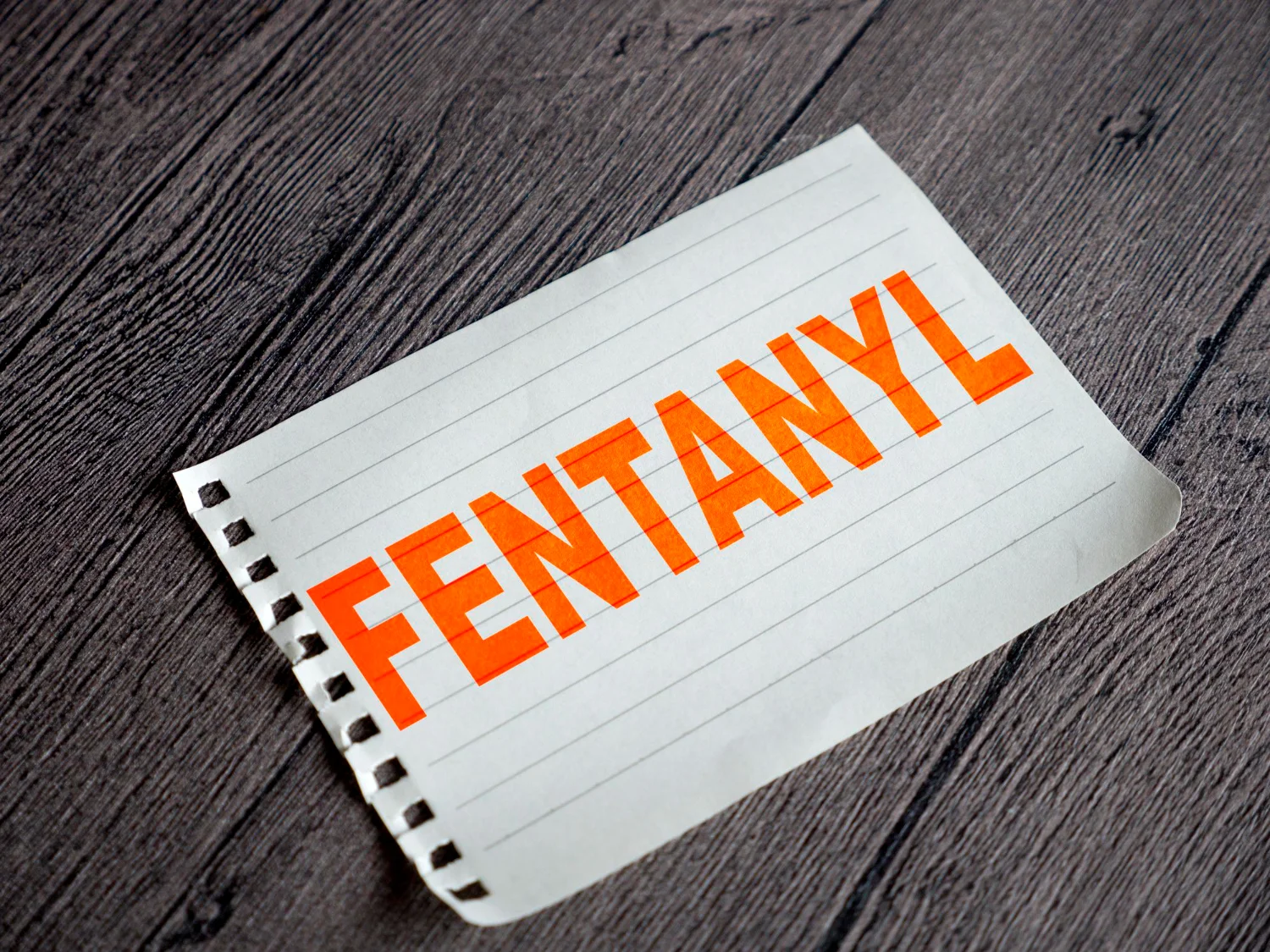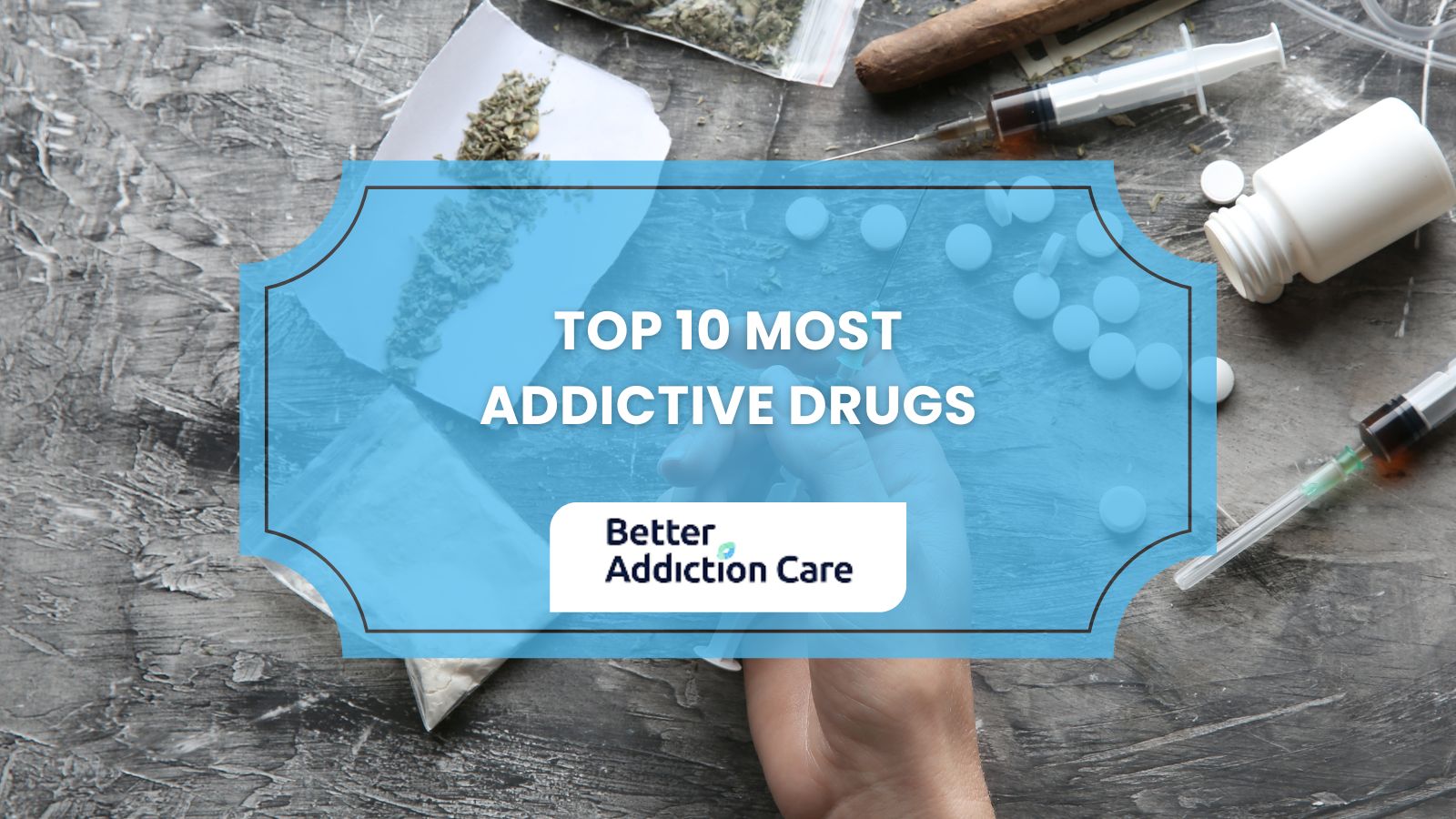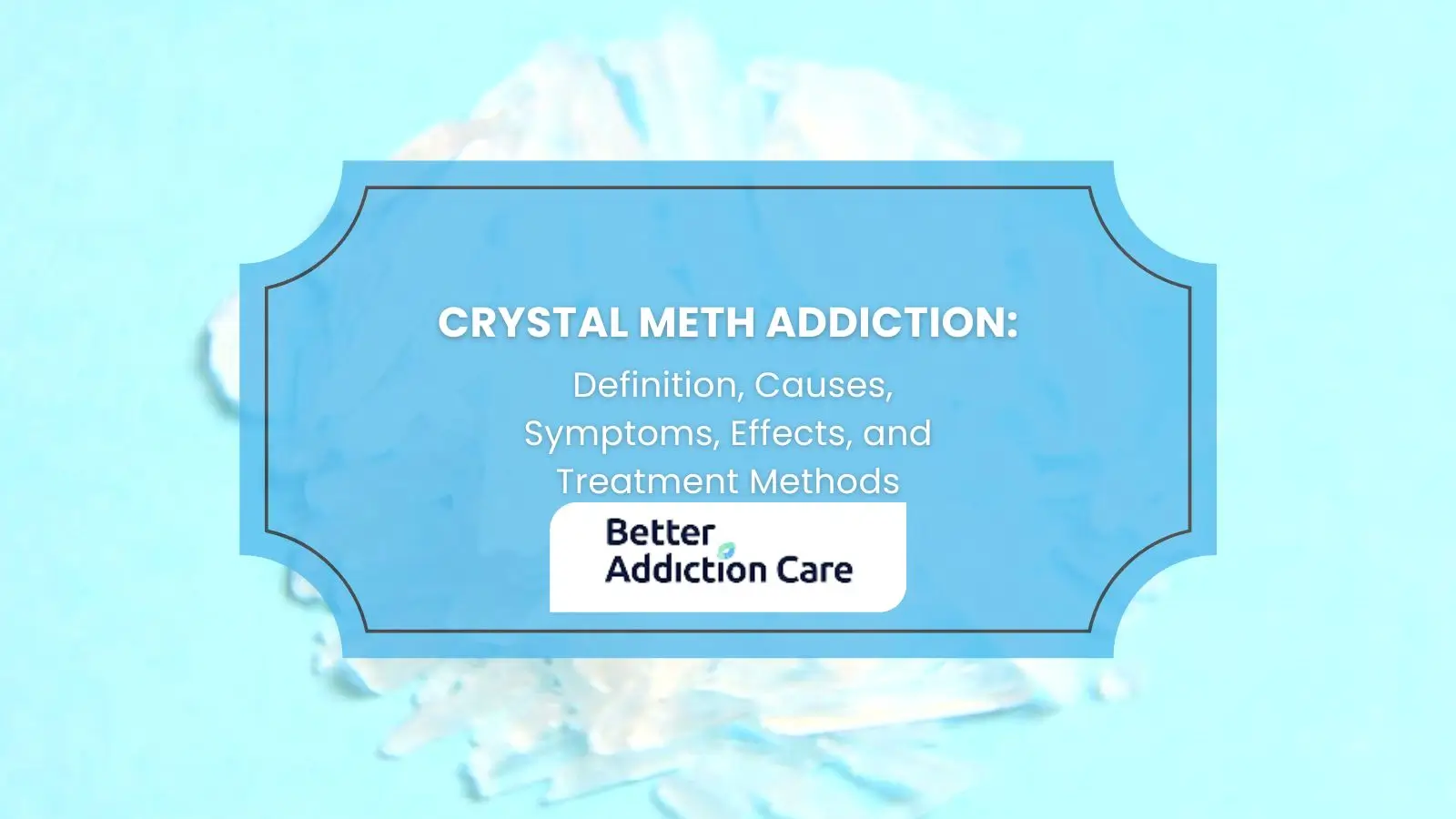Ketamine Addiction: Definition, Causes, Signs, Effects, and Treatment Methods
Ketamine addiction is the dependence on ketamine, a powerful anesthetic often misused for its hallucinogenic effects. Causes of ketamine addiction include recreational use, mental health disorders, or self-medicating for trauma or depression.

Signs of ketamine addiction include cravings, social withdrawal, increased tolerance, and neglect of responsibilities.
Ketamine use in the US increased significantly by 81.8% from 2015 to 2019 (from 0.11% to 0.20%) and continued to rise by 40.0% between 2021 and 2022 (from 0.20% to 0.28%) according to Yang, K. H.’s 2025 study, ‘Trends and characteristics in ketamine use among US adults with and without depression, 2015–2022’. If you're struggling with ketamine use, understanding these growing trends highlights that you're not alone in this battle, and help is available.
The effects of ketamine addiction include memory loss and cognitive impairment, to kidney issues and respiratory problems.
Ketamine addiction treatment methods include behavioral therapy to address underlying issues, counseling for coping mechanisms, and detoxification programs to manage withdrawal symptoms. Support groups and relapse prevention strategies further help sustain recovery.
What is Ketamine Addiction?
Ketamine addiction is a psychological and physical dependence on ketamine, an anesthetic drug derived from phencyclidine (PCP). Classified as a Schedule III controlled substance, ketamine is prescribed for medical purposes, including anesthesia and treatment-resistant depression. Misuse of its hallucinogenic and dissociative effects leads to addiction, marked by cravings, tolerance, and compulsive use. Ketamine alters brain chemistry, particularly the NMDA receptor, disrupting neurotransmitter balance and impacting mood and perception. First synthesized in 1962, ketamine was widely adopted in medical settings by the 1970s. Its rapid anesthetic effects and fewer side effects made it notable, but recreational misuse emerged due to its dissociative and hallucinogenic properties.
How Addictive is Ketamine?
Ketamine is a highly addictive substance because of its rapid and intense dissociative effects that lead users to seek repeated experiences. Addiction develops quickly, resulting in compulsive use and severe health consequences such as cognitive impairment, memory loss, urinary tract damage, and mental health disorders like depression and anxiety. Approximately 0.1% of the U.S. population, about 200,000 individuals, report past-year ketamine use. Misuse occurs predominantly among males aged 16 to 31, especially young adults in urban areas, according to the study titled “Ketamine Addiction Statistics” written by Jessica Miller.
What Are The Causes of Ketamine Addiction?

The causes of ketamine addiction are genetics, peer pressure, psychological factors, and environment. Below are the details of these causes.
-
Genetics: Genetic factors make individuals more susceptible to substance use disorders, including ketamine addiction, according to the study titled “Substance Use Disorders” published by Boston Medical University. Genetics influence the brain's response to drugs, making addiction more likely in some people.
-
Environment: Environmental factors, such as exposure to drug use in the family or community, increase the likelihood of ketamine misuse. Environments that normalize drug use create pathways toward addiction, especially among young adults.
-
Peer Pressure: Peer pressure and social circles play a crucial role in ketamine use, especially among teenagers and young adults who feel pressured to fit in or experiment with recreational drugs in social settings.
-
Self-Medication: Individuals use ketamine to manage underlying mental health conditions like depression, anxiety, or trauma. Ketamine’s dissociative effects provide temporary relief, leading to repeated use and eventual dependence.
-
Psychological Factors: Psychological factors, such as anxiety, depression, or a history of trauma make individuals more prone to ketamine misuse as they seek relief from emotional distress.
What Are The Signs of Ketamine Addiction?
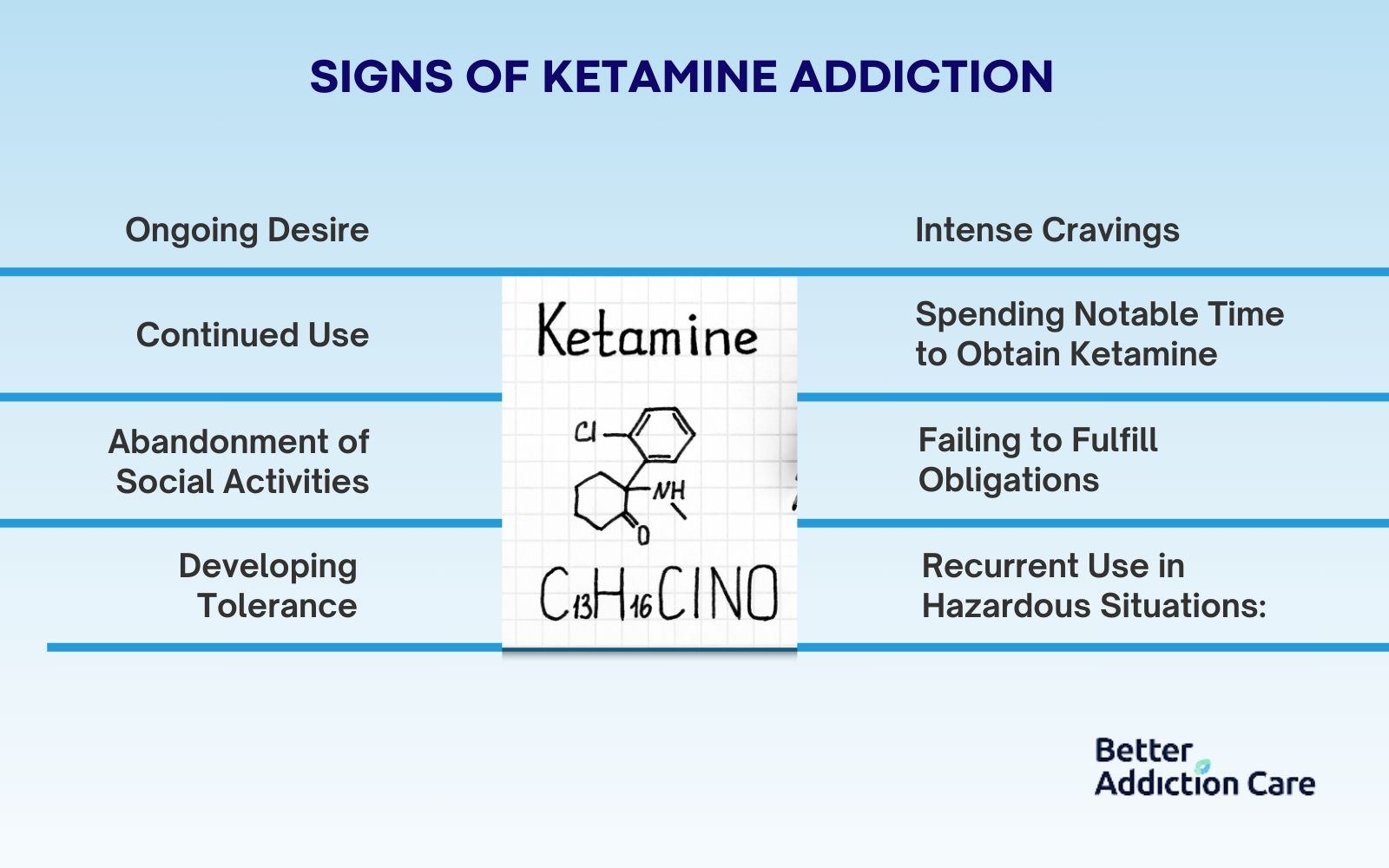
According to the Diagnostic and Statistical Manual of Mental Disorders (DSM-5, 5th edition), the signs of ketamine abuse are ongoing desire, spending notable time to obtain ketamine, intense cravings, failing to fulfill obligations, abandonment of social activities, recurrent use in hazardous situations, and developing tolerance.
Below is the detail of the signs of ketamine addiction:
-
Ongoing Desire: Ongoing desire is the persistent urge or unsuccessful attempts to reduce or control ketamine use.
-
Spending Notable Time to Obtain Ketamine: Individuals invest excessive time and effort in looking for and obtaining ketamine and prioritize it over other activities.
-
Intense Cravings: Intense cravings are strong urges to use ketamine frequently, making it difficult to resist use.
-
Failing to Fulfill Obligations: People struggling with ketamine addiction neglect responsibilities at work, school, or home and fail to fulfill daily obligations.
-
Continued Use: Individuals with ketamine addiction continue using the drug despite knowing about its negative impact on physical, psychological, or social well-being.
-
Abandonment of Social Activities: Individuals with a ketamine addiction withdraw from social activities and hobbies to prioritize ketamine use and hide their compulsive behavior.
-
Recurrent Use in Hazardous Situations: Repeated use in hazardous situations, such as driving under the influence, is a common indicator of dependency.
-
Developing Tolerance: Developing tolerance means individuals require higher doses of ketamine to achieve the same effects as their body gets used to the previous doses.
What Are The Effects of Ketamine Addiction?
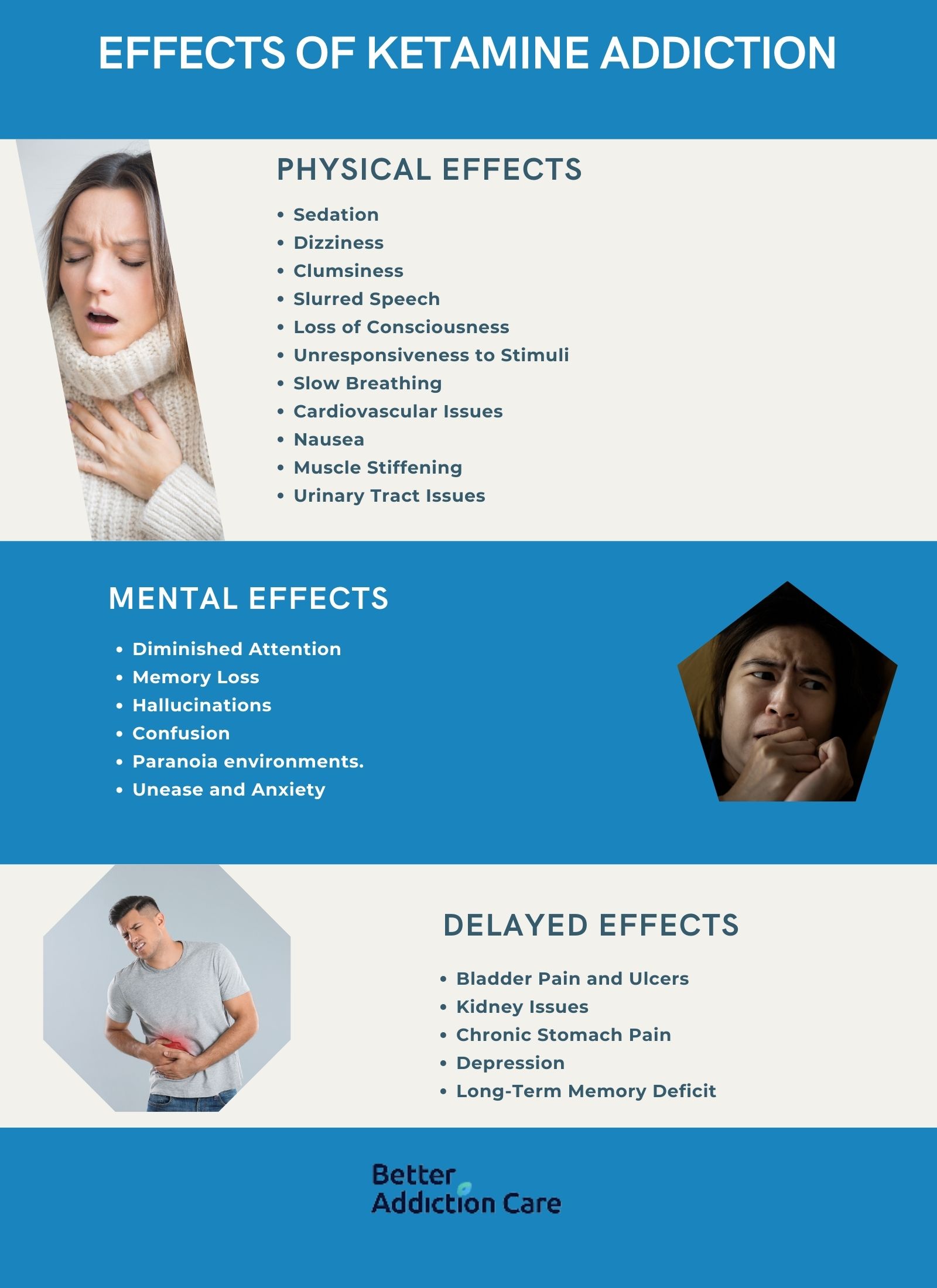
The effects of ketamine addiction are classified into physical effects, mental effects, delayed effects, and overdose effects.
Below are the details of these effects:
Physical Effects of Ketamine Addiction
Physical effects of ketamine addiction are as follows:
-
Sedation: Ketamine’s anesthetic properties induce deep sedation, making you feel drowsy and lethargic.
-
Dizziness: You frequently experience dizziness, leading to balance issues and a feeling of instability.
-
Clumsiness: Impaired coordination and motor control from ketamine lead to clumsy movements, increasing the risk of accidents.
-
Slurred Speech: Ketamine impairs cognitive and motor functions, causing difficulty in clear communication.
-
Loss of Consciousness: Higher doses of ketamine lead to blackouts or fainting, putting you at risk of injuries.
-
Unresponsiveness to Stimuli: Ketamine reduces sensory perception, leading to minimal reactions to external stimuli.
-
Slow Breathing: Ketamine can depress respiratory function, becoming life-threatening in severe cases.
-
Cardiovascular Issues: Long-term ketamine use strains the cardiovascular system, increasing the risk of blood pressure and heart rate changes.
-
Nausea: Ketamine triggers nausea and vomiting, particularly when taken in high doses.
-
Muscle Stiffening: You experience muscle stiffening or twitching, which can be painful and uncomfortable.
-
Urinary Tract Issues: Frequent ketamine use is associated with bladder inflammation and urinary tract problems, known as "ketamine bladder syndrome."
Mental Effects of Ketamine Addiction
The mental effects of ketamine addiction are as follows:
-
Diminished Attention: Chronic ketamine use impairs focus and concentration, making it difficult for you to complete tasks or stay engaged in conversations.
-
Memory Loss: Ketamine affects short-term memory, leading to lapses and difficulty recalling recent events.
-
Hallucinations: You experience vivid hallucinations or altered perceptions of reality, which are unsettling and disorienting.
-
Confusion: Ketamine disrupts normal thought processes, resulting in frequent confusion and difficulty making sense of surroundings or situations.
-
Paranoia: High doses induce feelings of paranoia, making you suspicious or fearful of others, even in familiar environments.
-
Unease and Anxiety: Ketamine heightens anxiety, leaving you feeling tense, uneasy, or on edge, especially during withdrawal or after the effects wear off.
Delayed Effects of Ketamine Addiction
The delayed effects of ketamine addiction are as follows:
-
Bladder Pain and Ulcers: Ketamine causes "ketamine bladder," with severe inflammation, pain, and ulcers.
-
Kidney Issues: Prolonged ketamine use impairs kidney function, leading to chronic problems due to its toxic effects on renal tissues.
-
Chronic Stomach Pain: You experience lasting abdominal pain, sometimes called "K pains," from ketamine’s impact on the gastrointestinal tract.
-
Depression: Ketamine has antidepressant effects at low, medically supervised doses, but prolonged misuse worsens depression during and after use.
-
Long-Term Memory Deficit: Chronic ketamine use leads to memory deficits, impacting both short-term recall and long-term memory, making everyday functioning difficult.
What Are The Adverse Effects of Combining Ketamine with Other Drugs?
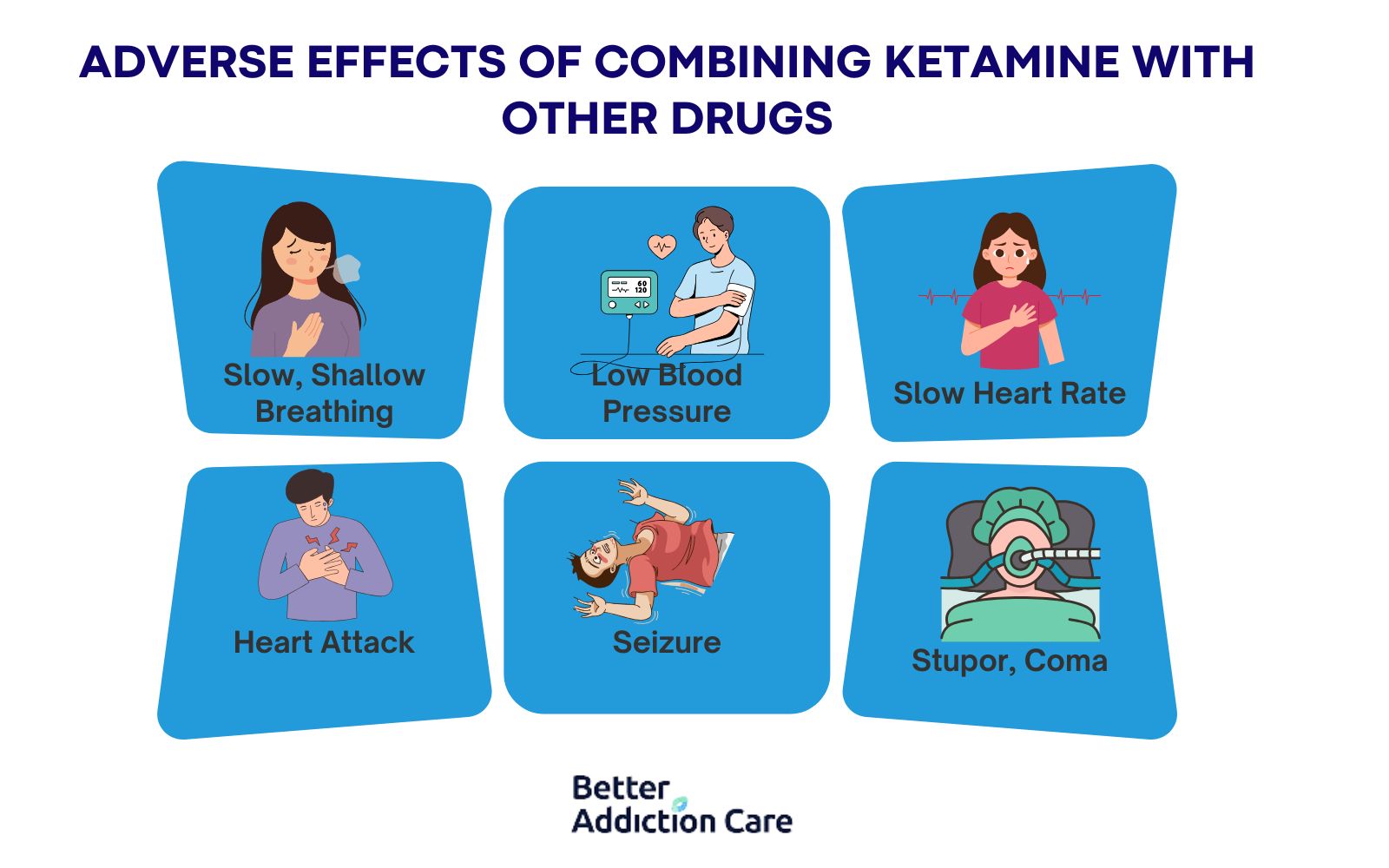
The risks and adverse effects of ketamine in combination with other drugs include increased likelihood of severe respiratory depression, slowed and shallow breathing, low blood pressure, slow heart rate, seizures, stupor, coma, and death. Mixing ketamine with depressants such as alcohol, opioids, or benzodiazepines amplifies central nervous system suppression, leading to profound sedation and life-threatening complications. Polydrug use involving ketamine also raises the risk of urinary tract and gastrointestinal problems, memory loss, and impaired motor function.
What Are The Withdrawal Symptoms of Ketamine Addiction?
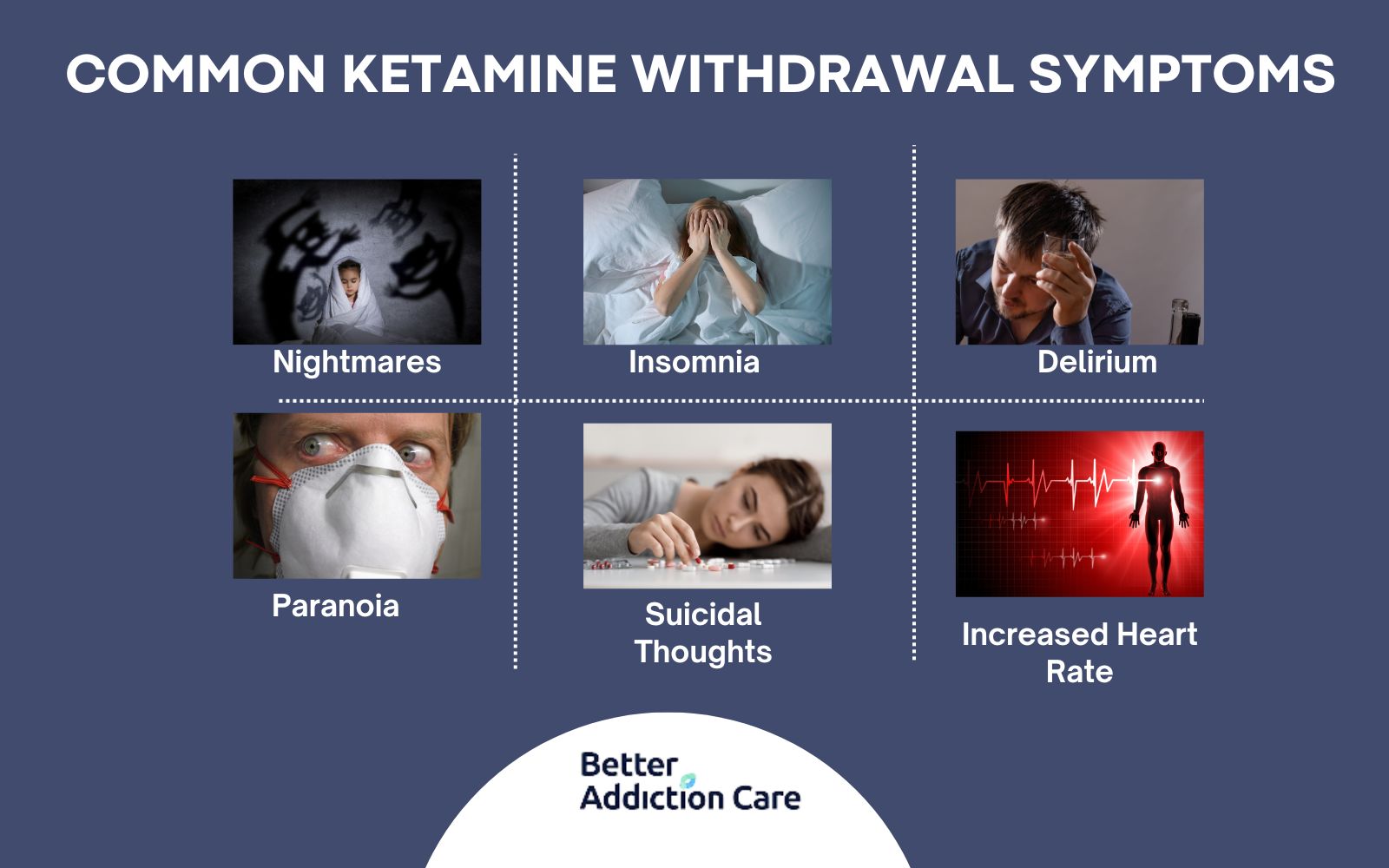
The withdrawal symptoms of Ketamine addiction are nightmares, insomnia, delirium, paranoia, suicidal thoughts, and increased heart rate.
Ketamine withdrawal is the range of physical and psychological symptoms experienced when a person stops or reduces prolonged ketamine use. Ketamine withdrawal symptoms arise as the body and brain attempt to readjust to functioning without the drug, leading to discomfort and a strong urge to relapse.
What Are The Treatment Methods for Ketamine Addiction?

The treatment methods for Ketamine addiction are detoxification, medications,cognitive behavioral therapy, dialectical behavioral therapy, and inpatient rehabilitation. Below are the treatment methods details:
-
Detoxification: Detoxification is the initial treatment phase that removes ketamine from the body through a medically supervised process lasting 5–10 days. Detoxification manages acute withdrawal symptoms but does not address the psychological aspects of addiction.
-
Medications: Medications ease withdrawal symptoms and reduce cravings during ketamine detox. Although no drugs are specifically approved for ketamine addiction, medication-assisted treatment improves retention in recovery programs and supports the detox process over weeks to months.
-
Cognitive Behavioral Therapy (CBT): Cognitive behavioral therapy targets harmful thought patterns related to addiction. Over 12–16 weeks, patients develop coping skills and strategies to avoid triggers and sustain abstinence.
-
Dialectical Behavioral Therapy (DBT): DBT combines cognitive-behavioral techniques with mindfulness to improve emotional regulation and impulse control. It lasts 12–20 weeks and effectively treats co-occurring mental health issues common in ketamine addiction.
-
Inpatient Rehabilitation: Inpatient rehab provides a structured, supportive environment with 24/7 medical care, intensive therapy, and monitoring for 30–90 days. It is ideal for severe addiction cases requiring comprehensive treatment, but it involves higher costs and time away from daily life.
How Can You Prevent Ketamine Addiction Relapse?
You can prevent ketamine addiction relapse by a combination of proactive strategies and lifestyle changes to maintain sobriety. Developing healthy habits, such as regular exercise, a balanced diet, and adequate sleep, strengthen physical and mental health. Establishing a strong bond with family, friends, or support groups, provides essential encouragement and accountability during recovery. Identifying personal triggers, like certain environments or stressful situations, and learning to navigate them is key to avoiding relapse. Regular counseling or therapy offers tools to manage cravings and emotional challenges, avoiding interactions with drug users and high-risk situations further reduces temptation.
Can Individuals Experience Withdrawal Symptoms From Ketamine And Opioids?
Yes, individuals experience withdrawal symptoms from both ketamine and opioids, which differ in nature. Ketamine withdrawal includes anxiety, insomnia, and paranoia, while opioid addiction withdrawal involves muscle pain, nausea, and strong cravings. Both result in cravings and psychological distress, but opioid withdrawal is more physically severe and may require specialized medications, whereas ketamine withdrawal is typically managed with supportive care.
Can Users Of Ketamine And Phencyclidine Experience Hallucinations?
Yes, users of both ketamine and phencyclidine (PCP) experience hallucinations. Ketamine, a dissociative anesthetic, induces altered states of consciousness, including visual and auditory hallucinations. PCP, originally developed as an anesthetic, is misused for its powerful hallucinogenic effects. Users transition between the two, increasing the risk of phencyclidine addiction due to their overlapping effects.
Do Ketamine And Xanax Have The Potential To Lead To Psychological Dependence?
Yes, both ketamine and Xanax lead to psychological dependence, but they do so through different mechanisms and effects. Ketamine is a dissociative anesthetic that induces euphoria and altered consciousness, leading to recreational use and dependence. Xanax (alprazolam) is a benzodiazepine used to treat anxiety and panic disorders, promoting relaxation by enhancing GABA effects. Ketamine and Xanax both create feelings of relief and cravings. Ketamine dependence is psychological, while Xanax dependence involves severe physical withdrawal symptoms, such as seizures. The potential for Xanax addiction is significant due to its common prescription and potential for misuse.
Do Local Drug Rehab Facilities Treat Ketamine Addiction?
Yes, ketamine addiction receives treatment through comprehensive rehabilitation programs nationwide. Ketamine, a dissociative anesthetic, requires specialized care when abused. The treatment process includes medical detoxification for managing withdrawal symptoms, evidence-based therapies such as cognitive-behavioral therapy, addressing co-occurring mental health conditions, and structured aftercare planning. Rehabilitation options include both inpatient programs providing 24/7 care for severe cases and outpatient programs accommodating those who need to maintain daily responsibilities.
The recovery journey becomes more accessible through local drug rehab facilities that specialize in substance abuse treatment. The treatment center directory organizes facilities by state, making it straightforward to find appropriate care near you. For immediate assistance with ketamine addiction, the 24/7 helpline at (888) 766-0149 connects individuals directly to treatment options.


